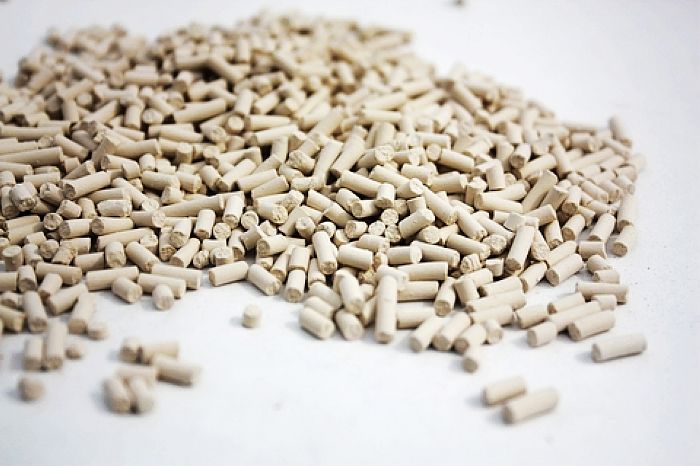News
Adsorption of molecular sieve
Adsorption of molecular sieve
Separation is the process of converting a mixture into two or more products of different composition. The difficulty with this process is that it is an inverse of the mixing process that obeys the second law of thermodynamics. Thus, in the chemical, petrochemical, and pharmaceutical industries, separation steps often account for the majority of production costs. For many separation processes, separation is accomplished by adding a mass separator, which for adsorption is an adsorbent. Therefore, the performance of molecular sieve adsorbent directly determines the effect of each adsorption separation or purification process.

Due to the development of molecular sieve adsorbent and molecular sieve adsorption process, adsorption technology has become an important separation method widely used in industry. The adsorption process of molecular sieve is generally carried out on a fixed bed adsorber with a packed column filled with adsorbent particles. The unique advantage of chromatographic separation over other separation processes is its ability to achieve efficient separation in a single adsorption column. This efficient separation ability is due to the continuous contact and equilibrium between the mobile and adsorbed phases. The theoretical tray is when the equilibrium state can be reached for each contact, regardless of the diffusion limitation. Typically, hundreds to thousands of such equilibrium stages can be achieved in a short column of adsorption. Therefore, adsorption is an ideal separation method for material purification and some processes that are difficult to separate. Adsorption plays a very important role in the future development of energy and environmental technology due to its unique advantages. The simulated moving bed technology to solve the problem of poor separation effect is a successful example of the application of adsorption technology, through the selection of suitable molecular sieve adsorbent can achieve good results, the separation factor can be as low as 2.
Commercial use of only a few conventional molecular sieve adsorbents, which are used in the current adsorption process, future adsorption applications depend on the development of new and better molecular sieve adsorbents. The ideal molecular sieve adsorbent should have special properties to meet the requirements of a variety of special applications. The development of better adsorbents will also facilitate improvements in modern adsorption applications. A good example is the invention of Lix (Si/Al=1) molecular sieves for producing oxygen. The purpose of air separation can be achieved by pressure swing adsorption. Prior to this, conventional adsorbents 13X and 5A molecular sieves were used. By converting NaX to Lix (Si/Al=1), oxygen production capacity can be immediately increased by 1.4 to 2.7 times under different operating conditions, and energy consumption is reduced by 21 to 27 percent.
The past 20 years have seen a boom in the development of microporous materials. We have made great progress in the porous forming and surface chemistry of carbon material products of oxide molecular sieves. However, the potential applications of these novel materials in the field of adsorption remain unexplored.
Zeolite Products
Latest News
Contact Us
Contact: Ms.Anna Fei
Phone: +86-15036079565
Tel: +86-371-64368520
Email: info@meiqicn.com
Add:BEISHANKOU TOWN, GONGYI CITY, HENAN, CHINA 451200
